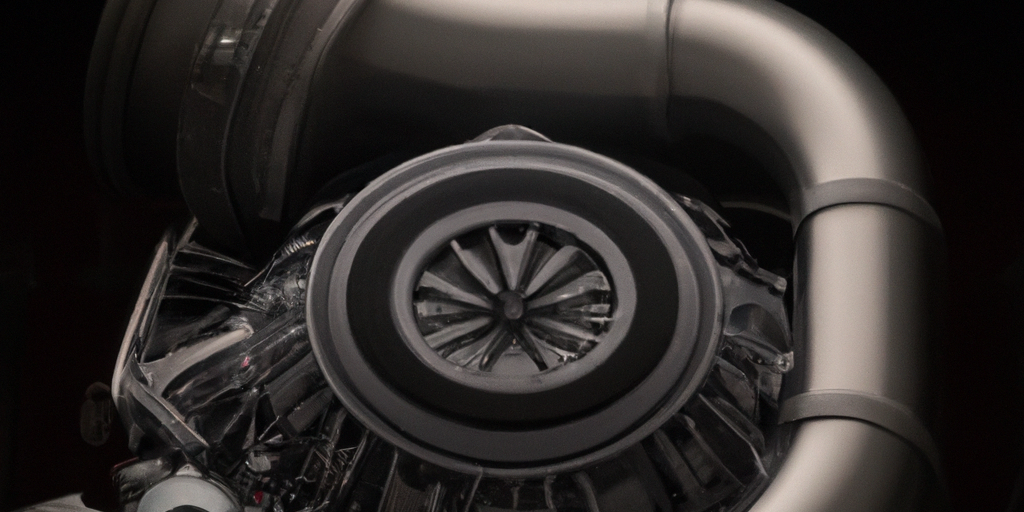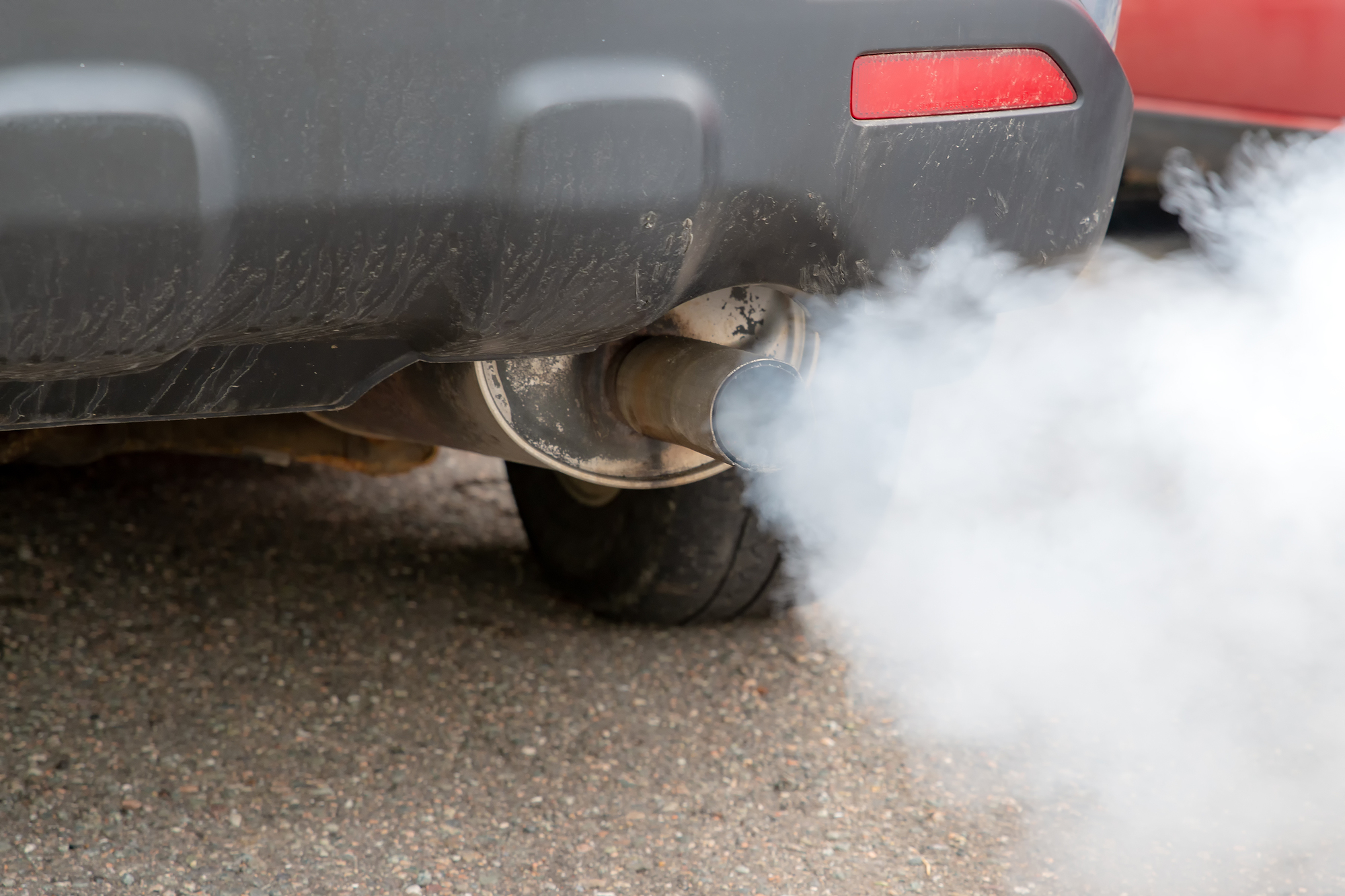why would a car run better with the mass air flow sensor unplugged


Introduction
A car’s performance is essential for a safe and smooth ride. In some cases, it is observed that unplugging the mass air flow sensor may result in better car performance. This could happen because the engine control unit receives incorrect information from the MAF sensor, leading to incorrect fuel-air mixture ratios.
When the MAF sensor is unplugged, the engine control unit switches to a default value that results in more fuel being injected into the engine. It means that more fuel is getting burned, which ultimately generates more power to move the vehicle forward.
While this may seem like a quick fix to enhance performance, it comes with drawbacks. Unplugging the MAF sensor for extended periods can lead to decreased fuel efficiency and increased emissions. Therefore, if you want consistent car performance, it’s best not to tamper with your vehicle’s sensors without professional help.
It’s essential to keep track of how your car performs with or without its sensors properly functioning. Doing so will help you identify potential issues that may require attention by a professional mechanic or technician.
In one incident, a driver noticed an increase in horsepower after disconnecting their MAF sensor only to experience stalling while idling at traffic signals soon after; prompting them to connect back promptly.
Get ready to understand the MAF sensor better than your ex understood your feelings.
Understanding the Mass Air Flow Sensor
To understand the mass air flow sensor in your car, with its importance in better running, we introduce sub-sections: What is a Mass Air Flow Sensor? and How Does a Mass Air Flow Sensor Work? Explore these sections to discover how this vital component measures the amount of air entering your car’s engine and helps it run more efficiently.
What is a Mass Air Flow Sensor?
A Mass Air Flow Sensor is an automotive component that measures the air that flows into an engine. It provides vital information to the vehicle’s computer, which uses it to calculate fuel injection and ignition timing. The sensor’s electronic module analyzes and sends a signal to the engine control unit, which adjusts accordingly. Without this critical component, a car can suffer from rough idling, stalling, and poor fuel economy.
The Mass Air Flow Sensor must have a clean airflow passing through it at all times so that the readings are accurate. A dirty or damaged sensor can cause performance issues such as decreased acceleration, difficulty starting the car, and increased emissions. Thus cleaning or replacing a faulty MAF is essential while servicing your car.
It is crucial to keep in mind that sometimes low-quality cars have improper working sensors, leading to poor engine performance. Make sure to verify before buying any car as this sensor plays a significant role in how the car runs.
A study conducted by Technavio from 2021-2025 found that with strict emission norms and reducing carbon footprint due to drastic climate changes across regions worldwide tenders growth opportunities for companies offering MAF sensors in different regions globally.
Get ready to learn about the true wingman of your car’s engine – the mass air flow sensor.
How Does a Mass Air Flow Sensor Work?
The functionality of a Mass Airflow Sensor depends on the amount of air flowing through the engine’s intake system. Located in front of the engine, this device uses various techniques to measure the volume, temperature and density of incoming air. The data is then transmitted to the vehicle’s computer where it’s used to calculate the correct amount of fuel for combustion.
It’s crucial that these sensors are regularly maintained to prevent any issues with incorrect fuel-air mixtures that could lead to costly repairs. However, it’s important not to use harsh cleaning methods which can be harmful and might trigger codes indicating faulty performance.
Pro Tip: Always perform routine maintenance checks on your Mass Air Flow Sensor at regular intervals recommended by your car manufacturer to prevent combustion-related issues. Unplugging the mass air flow sensor is like trying to drive a car blindfolded – it may seem fun at first, but the end result is never pretty.
Effects of Unplugging the Mass Air Flow Sensor
To understand the Effects of Unplugging the Mass Air Flow Sensor with Changes in Fuel Mixture, and Changes in Engine Performance, this section will provide you a comprehensive insight. Learn how disconnecting the MAF sensor affects the air-to-fuel ratio and overall combustion process, as well as the overall performance of the car’s engine.
Changes in Fuel Mixture
The unplugging of the mass air flow sensor can result in alterations to the fuel mixture of the vehicle’s engine. This can be due to a lack of accurate air intake measurements, resulting in either too much or too little fuel being delivered to the engine for combustion. As a result, there may be changes in power output and exhaust emissions. These changes can have significant effects on both performance and environmental factors.
Unplugging the Mass Air Flow Sensor is like trying to run a marathon without your lungs – don’t expect your engine to perform at its best.
Changes in Engine Performance
The unplugging of the mass air flow sensor can lead to significant modifications in the engine’s functionality.
To understand these modifications better, a table outlining the changes in engine performance can be created. Some of these changes include lower fuel efficiency and increased emissions due to inaccurate readings from the airflow sensor. On the other hand, there may be an improvement in horsepower and torque as more air enters the engine than what is detected by the sensor.
Other essential factors could affect engine performance differently when one unplugs a mass air flow sensor. For example, ambient temperature, humidity, and pressure. In some situations, these variables can counteract with each other and change the direction of modifications.
Interestingly, unplugging the mass airflow sensors dates back to older vehicles when such sensors were not present. However, attempting this modification on modern vehicles equipped with standardized monitoring systems might cause serious long-term damage to your car’s internal components and negatively affect its overall performance.
Unplugging the Mass Air Flow Sensor is like taking off your glasses, sure you can still function but you’re not seeing the whole picture.
Why Would a Car Run Better with the Mass Air Flow Sensor Unplugged?
To diagnose the cause of poor engine performance, sometimes unplugging the Mass Air Flow (MAF) sensor might work as a solution. Improperly Calibrated or Faulty Mass Air Flow Sensor, Dealing with Clogged Air Filters, and Increasing Horsepower are the sub-sections that can help you figure out the exact reason behind the improved performance.
Improperly Calibrated or Faulty Mass Air Flow Sensor
The Mass Air Flow (MAF) sensor plays a critical role in enhancing a car’s performance by regulating the volume of air that enters the engine. When the MAF sensor is malfunctioning or not calibrated correctly, it can cause various issues, ultimately leading to improper fuel-air mixture and unresponsive acceleration. A faulty MAF sensor can also affect other parts of the vehicle, including the engine, transmission, and exhaust system.
An improperly calibrated MAF sensor can lead to an incorrect calculation of the air entering the engine. This may result in too little or too much fuel being burned inside the engine, leading to a lack of power and acceleration problems. On the other hand, a faulty MAF sensor might cause a car to run better with it unplugged as it will be running in open loop, which means it ignores data from sensors except for temperature sensors thus allowing precise control over fuel flows.
It is worth noting that while unplugging the MAF sensor may seem like a quick fix, it should be used strictly as a diagnostic tool before considering replacing it entirely. Furthermore, ignoring any potential issues with an MAF sensor could lead to more severe problems down the road.
According to Car and Driver Magazine, “A dirty or failing mass air flow sensor puts significantly more strain on your vehicle’s engine than necessary.”
Therefore keeping your mass air flow sensor healthy has many benefits.
Why breathe easy when you can make your car struggle for air with a clogged filter?
Dealing with Clogged Air Filters
Having a Blocked Air Filter can affect the performance of a car greatly. Here are five things to keep in mind while tackling this problem:
- Regularly replacing air filters is essential to maintain fuel efficiency and reduce emissions.
- A clogged air filter restricts airflow, which compromises engine power.
- A dirty air filter indirectly increases wear on other system components.
- Using high-performance filters made with advanced filtration materials will improve overall vehicle performance.
- If the issue persists even after changing the filter, it could indicate a more significant issue that needs professional attention.
It’s important to note that some symptoms of a clogged air filter may resemble other problems, such as faulty spark plugs or fuel injectors. Therefore, it’s important to have the exact issue diagnosed before going ahead with any replacements or repairs.
A study published in SAE International Journal of Engines suggests that proper maintenance of air filters not only improves fuel efficiency but also reduces greenhouse gas emissions significantly.
Unplugging your Mass Air Flow Sensor may not make you the Usain Bolt of car racing, but it’ll definitely give your ride a boost in horsepower.
Increasing Horsepower
The Importance of Boosting a Car’s Performance
Increasing the vehicle’s horsepower is one method used to enhance its overall performance. A car enthusiast understands that horsepower can be improved in various ways, such as by modifying the engine or using different types of fuel and adding turbochargers. There are numerous methods used to boost a car’s performance, and each method has its advantages and disadvantages.
- Airflow Changes
- Modifying the Exhaust System
- Strengthening Engine Components
Making adjustments to airflow, exhaust system modifications, and improving engine components are possible methods for increasing horsepower in cars. In essence, for better acceleration times and quicker speeds, upgrading an engine for high-performance parts might be the most efficient route because it allows airflow optimization while also buffering stress on internal components.
When increasing an engine’s horsepower, it is critical to keep in mind that not all elements are created equally. One component change may have an impact on others within the system. For example, when changing the air intake system or even optimizing low-end power generation through tuning choices (ignition timing alterations), extra steps must be taken to ensure that the ECM sensor operates appropriately.
It is imperative to consult with experts in the field of vehicle upgrades before making any modifications to your car. They have vast knowledge about what works best on different cars and specific engines for maximized output. Continuing maintenance after modifications remains paramount; customizing these automobiles requires calculated effort as working hand-in-hand with experts ensures safety while keeping costs low. Establishing a solid foundation with good maintenance habits keeps customizable autos from breaking down often by preventing major component failures or identifying issues early on during routine inspections.
Unplugging your MAF sensor is like taking away the car’s sense of smell – it might seem cool at first, but eventually it’ll spell disaster.
Risks of Running a Car with an Unplugged Mass Air Flow Sensor
To understand the risks of running a car with an unplugged mass air flow sensor with long-term engine damage and failure to pass emissions tests as concerns, you need to delve deeper into the functioning of the sensor. Ignoring the signs and using the vehicle without replacing the sensor might lead to expensive damage to your engine and failing an emissions test.
Long-term Engine Damage
Driving a car with a disconnected mass air flow sensor, over time, can lead to severe engine harm. As it is responsible for measuring the amount of air entering the engine, unplugging it causes inaccurate measurements to the engine control module. This leads to compromised fuel efficiency and suboptimal combustion ratios. In turn, this translates into overheating and abrasive damage to engine parts such as pistons, rods, and valves.
Another consequence of having an unplugged mass air flow sensor is that the “Check Engine” light on your dashboard will illuminate. If left unaddressed, this can result in failing your vehicle’s inspection or registration renewal process, leading to fines.
It is essential to address any issues with your car’s sensors immediately, especially if they are related to gas emissions. Once this problem has been tackled, we recommend you regularly check all sensors in your car for functionality on an ongoing basis.
Reports show that cars with prolonged use of an unplugged mass air flow sensor have caused reduced gas mileage and unforeseeable mechanical issues in drivers traveling long distances. For example, a driver on their way cross-country with an unplugged mass airflow sensor pulled over when they noticed their vehicle sputtering while cruising at high speed along interstates. They fixed it soon after visiting a garage where technicians performed repairs costing them hundreds of dollars.
Looks like you’ll have better luck passing gas than passing emissions tests with an unplugged mass air flow sensor.
Failure to Pass Emissions Tests
When the Mass Air Flow (MAF) sensor of a car remains unplugged, it can result in an inability to pass emissions tests. The sensor measures the amount of air entering the engine, affecting fuel regulation and emission levels. Without it, the engine may release harmful pollutants, like carbon monoxide and nitrogen oxide.
This lack of proper monitoring increases the risk of generating high exhaust emissions. A malfunctioning MAF sensor can also cause decreased fuel efficiency, which leads to higher fuel consumption, increased wear and tear on the engine and potential damage over time.
Unplugging your MAF sensor can make you liable for penalties and fines as you risk failing emission tests required by law. Additionally, running on a mis-reading engine may affect its performance tremendously. To avoid such issues, always ensure that your MAF sensor is working correctly by getting regular check-ups from experts and mechanics.
Driving with an unplugged mass air flow sensor is a risky game of Russian roulette, except instead of bullets there are expensive repairs waiting to pounce.
Conclusion
Adjusting the Mass Air Flow Sensor (MAF) can bring better results to the car’s engine. With the MAF unplugged, the engine runs based on a predetermined value stored in its computer, which is more reliable than the values read by faulty sensors. However, this is not a lasting solution as it may cause damage to other parts of the vehicle.
The MAF measures how much air enters an engine and adjusts its fuel injection accordingly. If it gives poor readings or fails, it can negatively impact fuel efficiency and lead to other performance issues. As an emergency solution, unplugging it may improve fuel economy and acceleration.
Although this method might work temporarily, It is important to note that unplugging the MAF sensor can cause long-term damages to your car’s engine and catalytic converter; thus this method should only be used in emergencies or as a diagnostic tool when identifying problems with airflow sensors.
According to Popular Mechanics, cars with unplugged mass airflow sensors have been tested for safety reasons and revealed that they increased their power output by 30 hp but also emitted higher levels of pollutants.
Frequently Asked Questions
1. What is a mass air flow sensor?
A mass air flow sensor (MAF) is a key component of a car’s engine management system. It measures the amount of air entering the engine and provides this information to the engine control unit (ECU), which uses it to determine the correct fuel- air mixture for optimal performance.
2. Why would someone unplug their MAF sensor?
Some people unplug their MAF sensor to troubleshoot engine problems, such as rough idling, poor performance, or stalling. They may also do this to increase horsepower or fuel efficiency, although this is generally not recommended as it can cause engine damage.
3. Why would a car run better with the MAF sensor unplugged?
In some cases, a car may run better with the MAF sensor unplugged because it allows the engine to run on a preset map programmed into the ECU. This can sometimes eliminate issues with faulty or contaminated MAF sensors. However, this is not a long-term solution and should not be relied on as a fix for engine problems.
4. Can unplugging the MAF sensor cause any damage to the engine?
Unplugging the MAF sensor can cause the engine to run lean, which can cause damage to the engine over time. It can also cause the check engine light to come on, which may make it difficult to pass emissions tests. It’s always recommended to address engine problems using appropriate diagnostic tools and repair methods.
5. How do I know if my MAF sensor is working properly?
You can check the MAF sensor by using a diagnostic tool to check for error codes or by using a multimeter to measure the sensor’s voltage output. There are also some common symptoms of a faulty MAF sensor, such as rough idling, poor acceleration, or stalling.
6. Can I clean my MAF sensor instead of replacing it?
Yes, in some cases, you can clean your MAF sensor rather than replacing it. Use a proper MAF sensor cleaner and follow the instructions carefully. However, if your MAF sensor is severely damaged, contaminated, or too old, it may need to be replaced.










